“Wilderness is not a luxury but a necessity of the human spirit, and as vital to our lives as water and good bread.” So says Edward Abbey in Desert Solitaire, and boy, did he nail it. In our urbanized lives, nature writing fills a much-needed void, letting us experience cathartic wonder, educating us on our human history, and inspiring us with a healthy respect, not to mention a sense of responsibility, for our natural environment. If you’re jonesing to get out into nature but can’t make the trip just yet, stoke your fire with one of our favorite works of nature nonfiction. (And one work of fiction, just for fun.)
Desert Solitaire by Edward Abbey
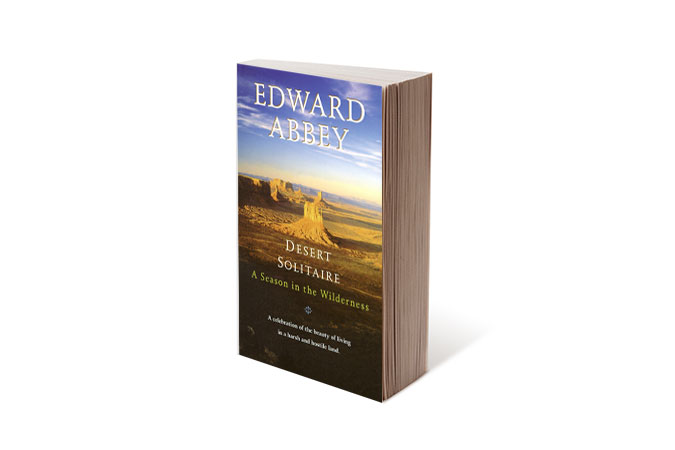
Often compared to Thoreau’s Walden, this autobiographical series of vignettes is based on Abbey’s experiences as a park ranger at Arches National Park in the late 1950s. Written from the copious notes he took during that experience, this unique nonfiction account by novelist Abbey shows where the firebrand activist got his fire from. The book is packed with colorful descriptions of the park’s natural, historic, and cultural wonders, and relays some interesting “war stories” from behind the curtain of the National Park system (including one about pulling a human corpse out of the desert), but the real thrust is Abbey’s sharp observation of how humans and the desert coexist (or don’t) and, of course, some heavy critiques of how modern American civilization has deflowered the environment.
The Pine Barrens by John McPhee
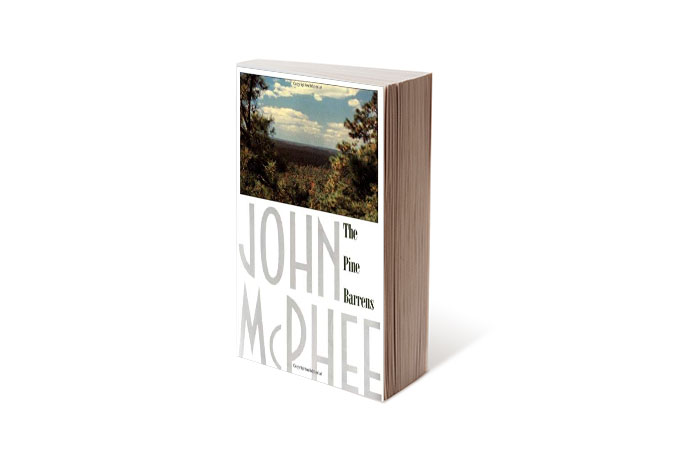
How do you pick just one John McPhee book to recommend? The guy cranked out natural writing faster than a Ford assembly line, and if you’ve read one, chances are you’ve read several. The scientific slant can get pretty dense, but get into the rhythm and you’ll find yourself falling in love with rock strata. The Pine Barrens is a deep dive into the history of New Jersey’s southern half, a 650,000-acre forest reserve known for quaking bogs, pyromaniacs, and a half-bat, half-kangaroo creature known as the Jersey Devil. In contrast with the highly urbanized northern half of the state, almost nobody lives in the Pine Barrens, and those who do are … well, a particular breed of folks. The setting will remind you of M. Night Shamalyan’s The Village. If it wasn’t for McPhee’s unimpeachable journalism, you’d think you were reading a Washington Irving fairy tale.
The Hour of Land by Terry Tempest Williams
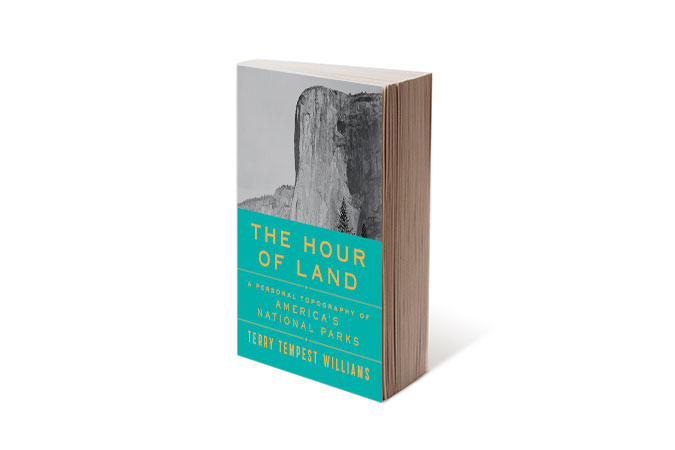
For those of us who can’t commit to an exhaustive tour of every piece of public land in the system, there is The Hour of Land, Terry Tempest Williams’ travelogue of visiting, well, not every park, but an appreciable and diverse range. From Grand Teton to Acadia, from Big Bend to the Gulf Islands, Williams paints a series of portraits that not only highlight the natural features that make these public lands precious but also relay the personal and political histories that make them significant in our national identity, past, and future.
The Snow Leopard by Peter Matthiessen
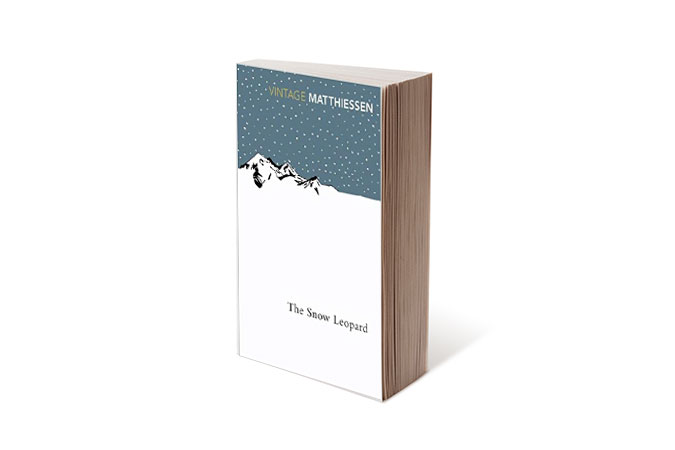
He did undercover work for the CIA. He co-founded the Paris Review. He was a priest of Zen Buddhism. And in his spare time, he wrote about what happens when human ambitions and natural landscapes meet. (And won a National Book Award — twice.) His 1978 work The Snow Leopard is a sweeping quest story that follows Matthiessen to the heart of Nepal for a glimpse of the rare snow leopard. The way Matthiessen combines scientific travelogue (e.g., the expedition logs of Antarctic explorer Sir Ernest Henry Shackleton) and poetic, Kerouac-adjacent spiritual mysticism is a masterclass in writing, not to mention a compelling read.
The One-Straw Revolution by Masanobu Fukuoka
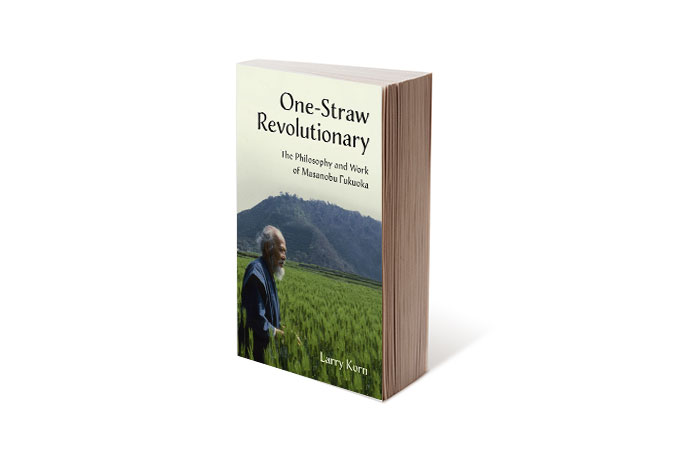
Who says you need farmers to grow food? This book tells how scientist Masanobu Fukuoka tossed aside modern agriculture (and by modern, we mean the last several hundred years) to cultivate a garden in alignment with nature’s laws. For three decades, he developed a series of shockingly effective practices that were not only environmentally sustainable, but required practically no work from him. Fukuoka depicts farming as more than a means of producing food, but as a spiritual practice — the goal of cultivating the earth was really to cultivate ourselves as human beings. Foodies, tree-huggers, “green city” types, and spiritual seekers alike will love this one.
Make Prayers to the Raven by Richard K. Nelson
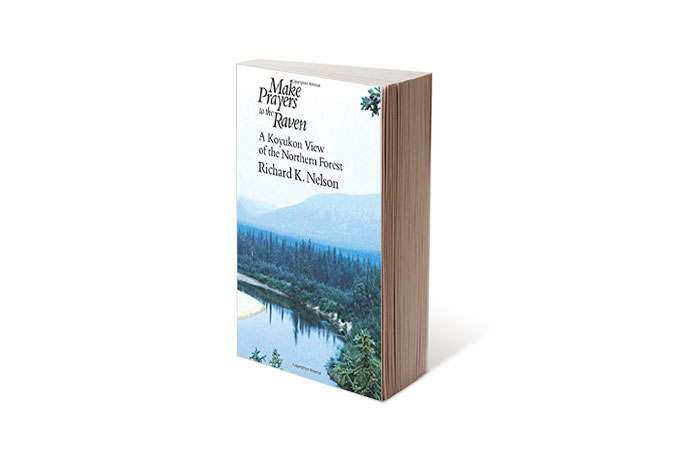
If you liked Into the Wild in your twenties, you’ll love Make Prayers to the Raven in your 30s. In it, anthropologist Richard K. Nelson documents the year he spent living among the Koyukon people of western Alaska. His account of their intimate relationship with the land shows the reality of how indigenous Americans nurture a mystical connection with the natural world. But rest assured, Nelson’s openly skeptical perspective keeps this from being a romanticized, “noble savage” type of story. It’s frank, detailed, and funny when you least expect it.
Deep Creek by Pam Houston
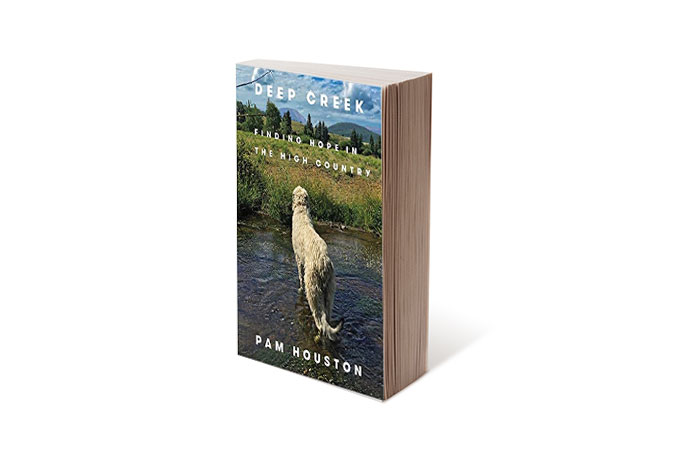
A personal account of how nature heals the deepest wounds, this memoir by Pam Houston are mainly set in the author’s mountain homestead in Colorado. Through wildfires and brutal winters, the never-ending work of running a ranch teaches the author about what ties us as humans to the earth, and how caring for the land comforts, teaches, and restores us. Love and loss, heartache and hope, reasons to give up and reasons never to give up — this book has it all. Bring Kleenex.
Blood Orchid by Charles Bowden
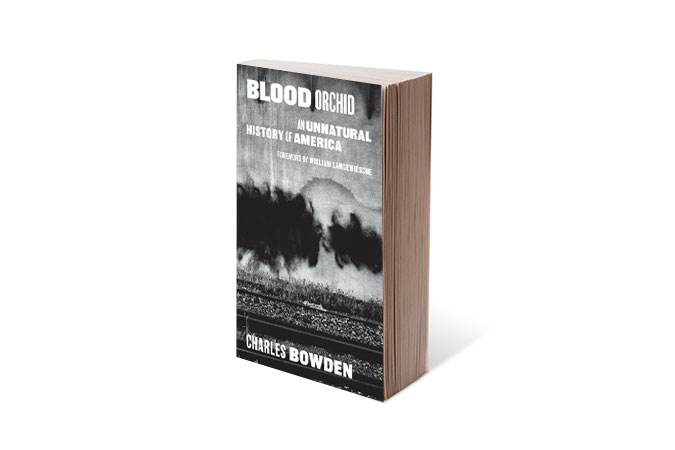
Bowden reputedly walked out of defending his dissertation because he thought the review board was asking him stupid questions. That should give you an idea of where this guy is coming from, tone-wise. His writing style has been compared to the Old Testament in its prophetic fury, and nowhere is that better on display than in Blood Orchid, a book that carries the reader on a journey through both natural and urban wildernesses to uncover the brutal roots of American society.
The Living Great Lakes by Jerry Dennis
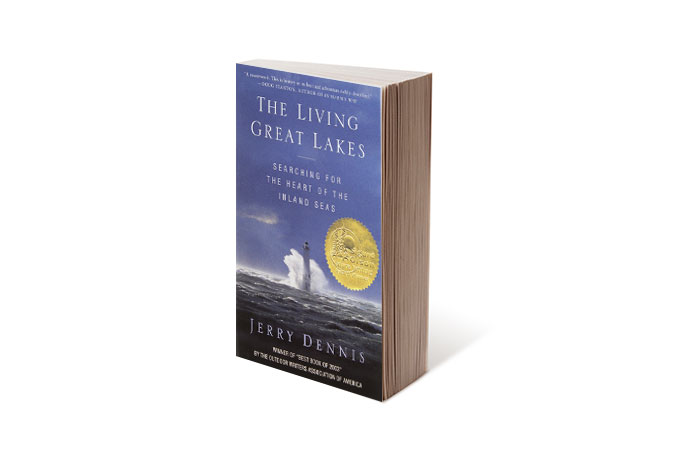
The Great Lakes contain a fifth of the entire world’s freshwater and their surface area is nearly as big as that of New England. Michigan native Jerry Dennis tells a natural, social, and personal history of these iconic American landmarks, offering observations from all seasons as well as perspectives from all the lifestyles defined by the lakes: fishermen, sailors, biologists, vacationers, and locals. This book offers a little of everything: evocative descriptions of the environment, entertaining portraits of local life, meditation on human responsibility, and celebration of everything beautiful about the Great Lakes.
The World Without Us by Alan Weisman
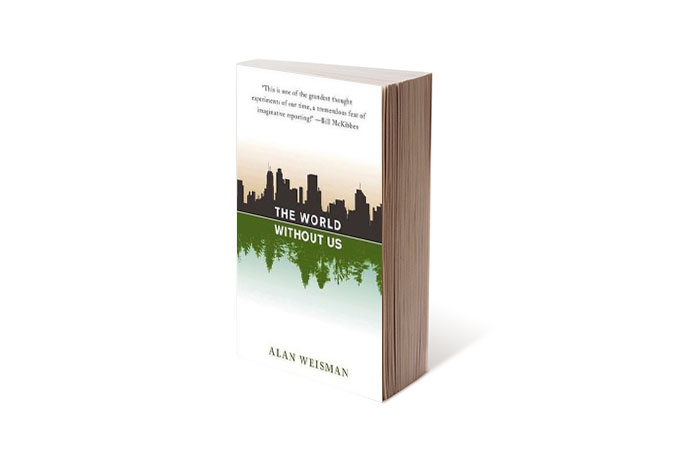
This one’s a little weird but in a good way. Based on journalist Alan Weisman’s 2005 essay “Earth Without People,” this book predicts what would happen to the environment, natural and constructed, if all human life suddenly disappeared. How long would it take for cities to drown in forests and jungles? What would happen to landmarks like the Statue of Liberty or Mount Rushmore? What would really be the long-term effect of all the plastic we live with? Would new life forms ever come into being, and would they be anything like us? Weisman’s predictions aren’t just spitballing; he interviewed dozens of academics, scientists, and other experts to create his compelling portrait of what might very well happen if science fiction became the new reality.
The Living by Annie Dillard
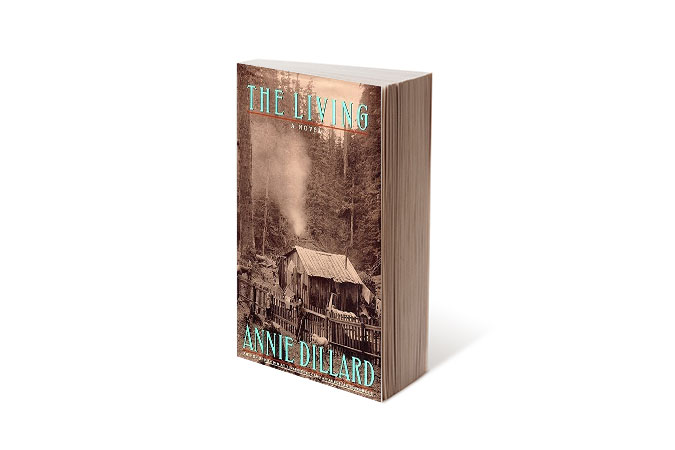
The only novel we recommend on this list because, well, because we can. If you think you know Annie Dillard from her Pulitzer-winning Pilgrim at Tinker Creek, buckle up. This novel, set during the founding days of Washington State, throws you headlong into a gripping portrayal of the rigors of frontier life. Following a family from the moment their boat runs aground on the desolate shore of Bellingham Bay, through the frequently life-threatening enterprise of settling in this monolithic landscape, to the frenzied overpopulation that came with the gold rush, this novel is sweeping in its scope and breathtaking in the stark beauty of its language. You’ll never look at a forest the same way again.


